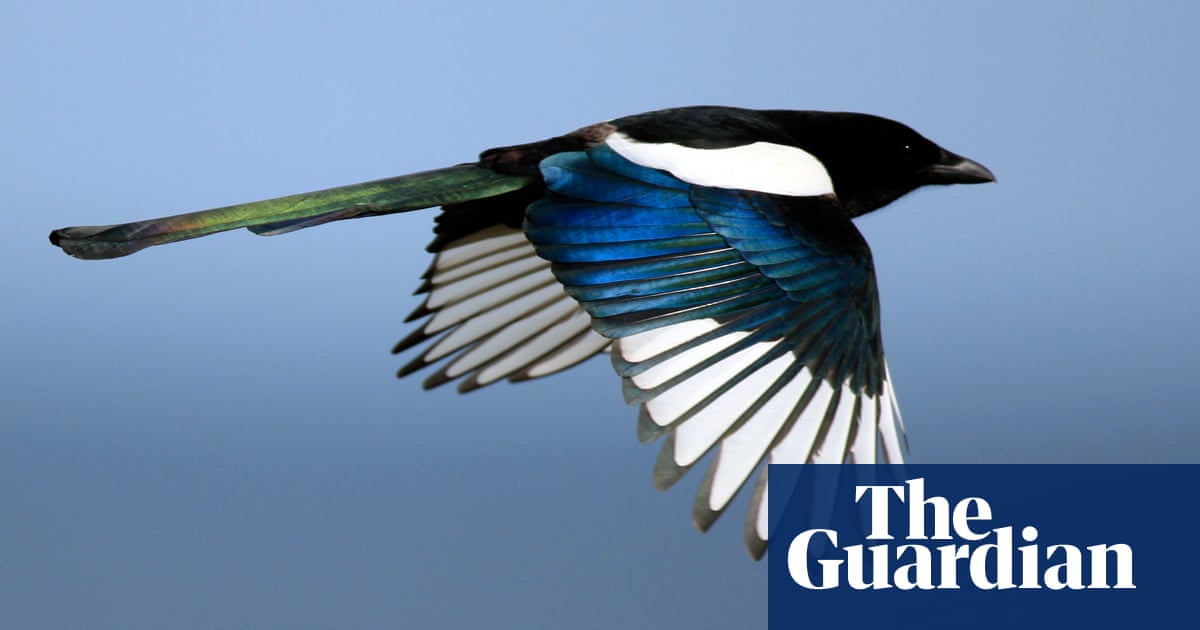
Tate Modern’s magnificent homage to Paul Cezanne (1839-1906) opens with the artist himself: shy, wary, prematurely balding in his 30s; almost unwilling to look himself in the eye in his own self-portrait. His mouth is a single red dab in an obliterating black beard; he wears the era’s heavy dark coat. Yet all around him is an ecstasy of pink and umber swirls, lifting off like clouds, or smoke, or vapour vanishing into purest abstraction; the 19th-century painter surrounded by a vision of the future.
His glance – modest, oblique – draws your eyes close to the canvas, to see how the look of it comes into existence, mark by mysterious mark. And this is how it goes, all through this mesmerising show (which drops the acute accent from its title, in further respect to Cezanne, who didn’t use it in his signature). What he painted may be simply summarised: apples and oranges, his wife and son, his gardener, the trees outside his studio in Aix, the great baked pyramid of Mont Sainte-Victoire across the valley, over and again. Even the late bathers, in their ethereal Arcadia, exist in a recognisable Provence.
Yet every painting is so radical, newly conceived every time, and so differently perceived by each viewer. To some people, the 1875 self-portrait is alive with questioning uncertainty in a shifting universe; to the poet Rainer Maria Rilke, who saw the painting in 1907, it was made “as though by hammering from within”.
Cezanne seems so present in art it is strange to think that this is the first comprehensive survey in almost 30 years. Straight away, it breaks all the usual rules of depiction. Here are the tabletops that seem to rise up or tip downwards, the fruit that ought to topple or roll, the bodies that appear immaterial and yet phenomenally, powerfully substantial.
Here are those colours that can appear hyperbolic in their blazing glory – unmodified cobalt for a distant lake, pure emerald for an apple – and those extraordinary whites that are not white at all. In Still Life with Apples and Peaches, on loan from Washington, the fluted bowl on the table is a carousel of colours in full swing, even though experience tells you the object is white.
And where does that sense of movement actually come from? This show is sufficiently large, with more than 80 works, to offer a much wider sense of his daring. Look deep into the paintings, and their energy has very little to do with descriptions of movement. They are painted, generally, in short, straight strokes, something like striations or the delicate marks of a chisel in wood. They run in parallel, they overlap; occasionally they fan out like a hummingbird’s wings.
A portrait of Madame Cezanne in a Yellow Chair shows the artist’s wife sitting tight, hair severely parted, lips glued shut, her form and volume emerging out of pure colour. Only a slight frisson of the hands, where the strokes run awry, betrays an impatience to be done with this sitting, if not this difficult courtship, which Cezanne kept hidden from his banker father.
Sometimes these brushmarks are more like stippling, dappling or ribboning stripes. Knee-deep in the undergrowth, in forest glades or among the dry gorse on a Provençal clifftop at noon: it’s as if you are seeing things through finely ribbed glass, or as if the image was in a state of vibration.
How curious it is that these straight strokes are constantly required to account for the world’s roundness, getting down the sphere of an orange, the ellipse of a wine bottle or beaker. Sometimes these forms are circled with a fine, lace-like line, often in ultramarine, especially in the luminous watercolours. When the line seems wrong, Cezanne just draws over it with another and another. On paper, his apples quiver.
Yet running against this way of painting – inched together, pieced together, especially in the images of Mont Sainte-Victoire, which record that ankle-twisting limestone crag in their complex this-way-that-way jigsaw – is something even stranger. Cezanne sees the world as a continuum (the very opposite of all those separate marks) where wallpaper blends with clothes, bodies with chairs, faces with circumambient air. And just as you are following this idea, the painting suddenly stops, leaving a bare patch of canvas.
How he got there, indeed Cezanne’s whole evolution, is superbly related at Tate Modern. Early rooms show what he took from Monet, Daumier and Pissarro, his clumsy nudes and weirdly disturbing scenarios; later rooms his exquisite watercolours, condensed as sonnets. The narrative of his life, circling evasively between Paris and Provence, is subtly told throughout, photographs confirming his awkward force of character. His palette has been brought over from Aix, bearing the last lead-tin yellow and white to supply his brush.
The desire to touch the paintings is acute: to run your finger along his brushstrokes and understand their movement, to weigh his apples in your hand, so solid and certain, even to catch the scent or taste the tang of his glowing oranges. Colour turns into fruit. There is a watercolour here where the only indication of the lemon on a tray is a shapely blank, touched with a yellow dab; which is all, and more, than you need.
To know how vital he was to European art you need only look at Maurice Denis’s Homage to Cezanne from 1900, in which a crowd of acolytes admire Cezanne’s resounding Still Life With Fruit Dish – on loan here from New York – including Vuillard, Bonnard, Odilon Redon and Denis himself. In the very next room is a portrait of Cezanne’s young son, delicate and melancholy, which so exactly prefigures Picasso’s Blue period it is no surprise that Picasso (deflecting the debt) referred to him as “the father of us all”.
But no history lesson can compare with the revelations of this show, or the transmission of an energy that reproduction can never convey. There are paintings here that send out a dense chromatic radiance at least comparable with anything Cezanne saw or felt in the southern sun, and images as reduced and refined as a Japanese haiku. A late winter-white canvas of Mont Sainte-Victoire, from 1904, carries scarcely a mark in its cold-thinned light. There is almost nothing to see, and yet everything is there.
Denis once wrote that Cezanne’s gifts were beyond comprehension. “I have never heard an admirer… give me a clear and precise account of his admiration.” This seems consonant with the paintings themselves, in their nearly inarticulate beauty. It is worth remembering Denis’s remark to release yourself from the burden of exegesis at Tate Modern. For no matter how long or how hard you look, Cezanne’s art will still hold its mystery.












